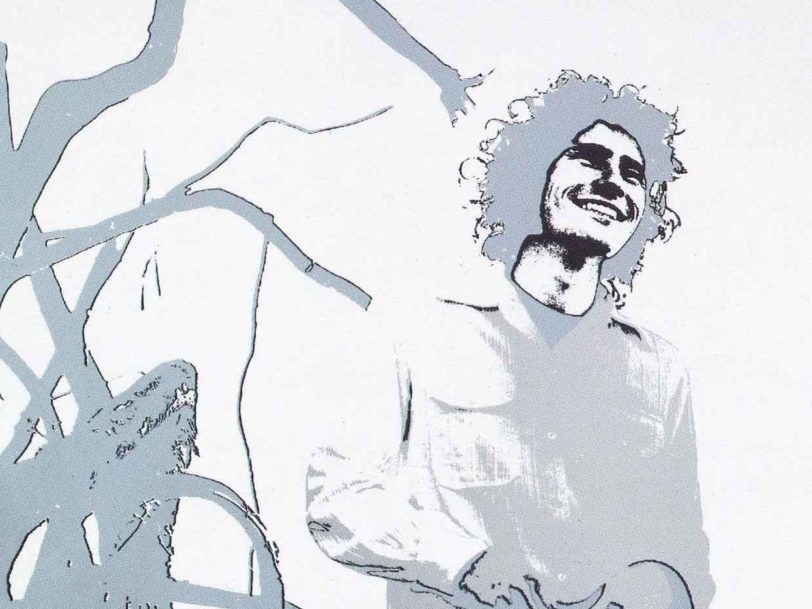Recorded over three days in September 1969 at Whitney Studios in Glendale, California, Lorca was the fifth and most experimental Tim Buckley album to date. “When I went in to do Lorca, I decided right then it was time to break open something new,” he explained in 1975. “We were getting real tired of writing songs that adhered to the verse, verse, chorus things.” Buckley lived up to his promise of delivering an album that was “further and further from what people expected of me”.
Listen to Lorca here.
“He wanted to delve into areas that were virtually uncharted”
Buckley, who wrote all the compositions, sang and played 12-string guitar on the record, and brought in a small combo – Lee Underwood on guitar and electric piano; John Balkin on Fender, upright basses and pipe organ; Carter CC Collins on congas – for an album of five extended songs.
The opening title track, which honoured the inspiration of poet and playwright Federico García Lorca, who was murdered by Franco’s fascists during the Spanish Civil War, has an unsettling, languid atmosphere, blending Buckley’s eerie vibrato singing with electric piano and pipe organ, all of which add to the effects of some stark, intimate lyrics that include the line, “Let your woman’s voice run through your veins.”




